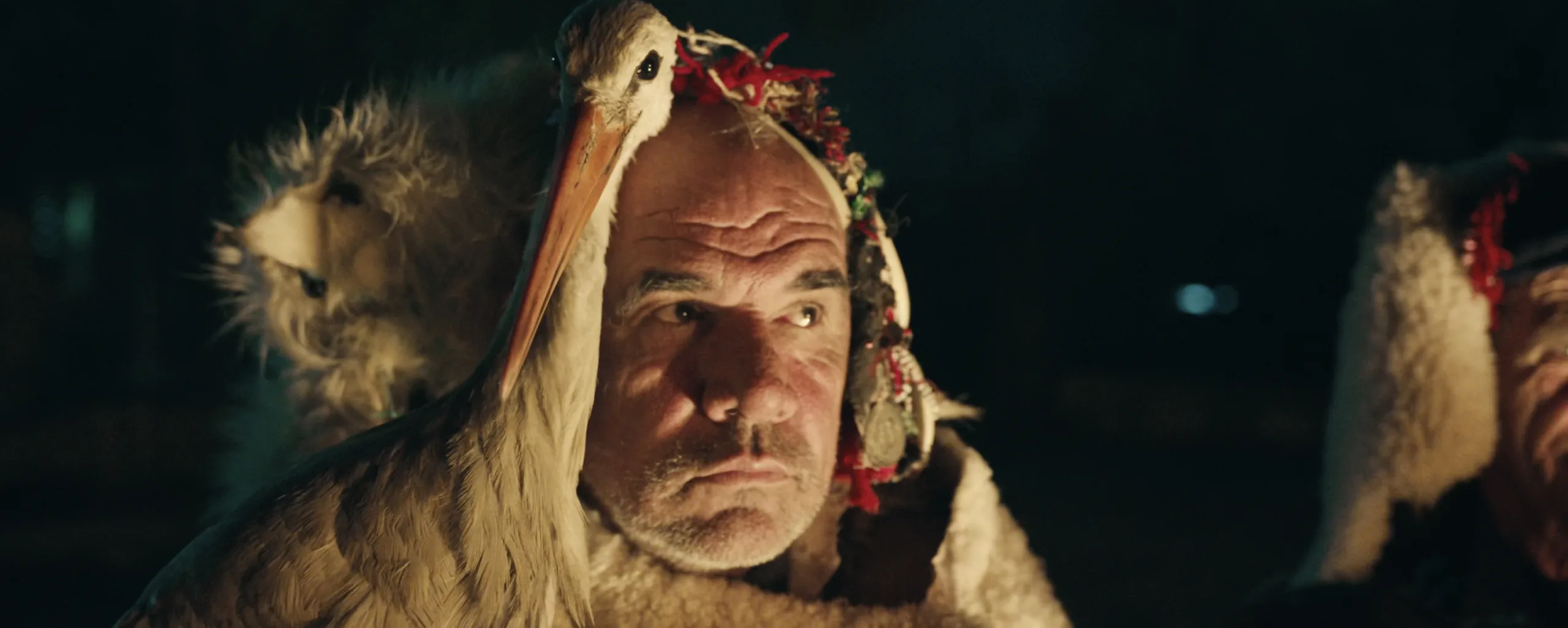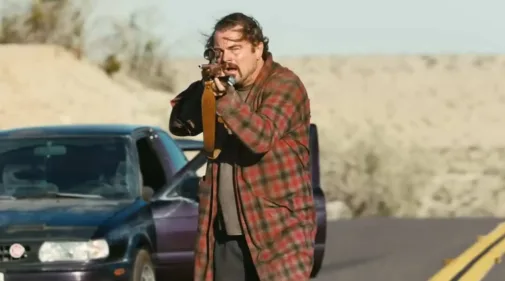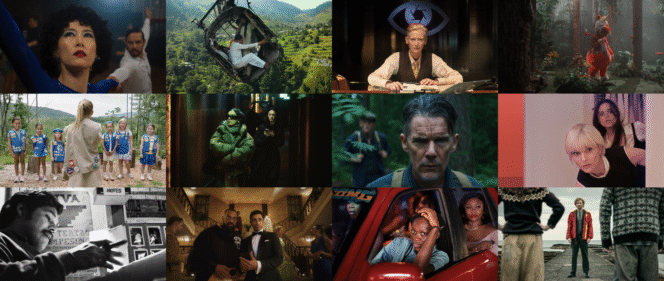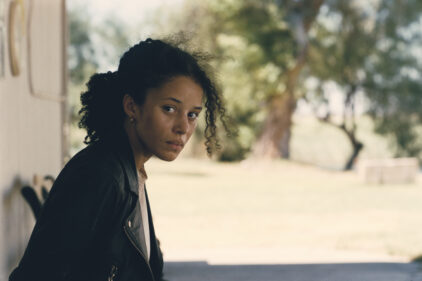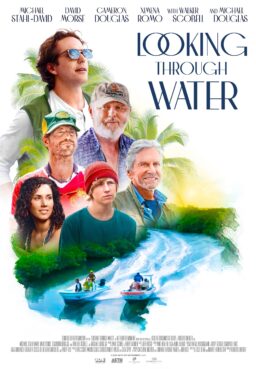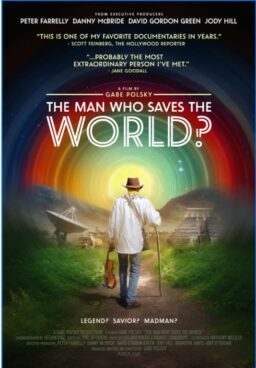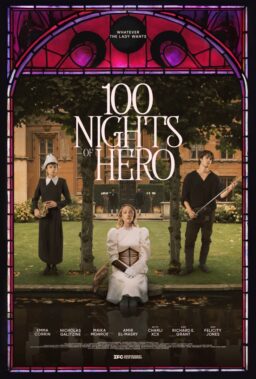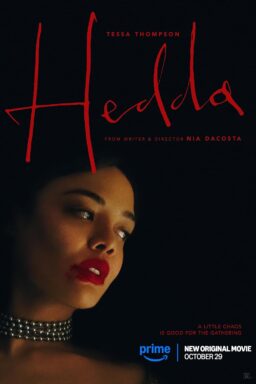The most overcrowded, ambitious schedule in my ten years of TIFF attendance still didn’t allow for many true stories, but I was able to catch up with three documentaries for this dispatch, including the latest from the lyrical director of the Oscar-nominated “Honeyland.” Tamara Kotevska’s “The Tale of Silyan” is a lovely character study of a man and an injured stork, one that intertwines mythology and the plight of people who work off a dying land into a short, effective piece of work.
Nicola and Jana work off the land in Kotevska’s home country of Macedonia. In an early scene, they bring literally three tons of potatoes to be sold, only to go home with the unusable crop due to increasing regulation and wholesalers looking for irrational deals. It’s not that the earth doesn’t support these people in their efforts to continue their generation-spanning work, it’s that the system has let them down.
Jana leaves their home to look for revenue elsewhere, leaving Nicola alone in this beautiful country, where he finds a stork with a broken wing. He takes the bird for help and is basically told that the only way to save the animal’s life is for Nicola to care for him. And so he does. Kotevska’s film consists largely of this stoic man caring for this gorgeous creature. Nothing needs to be said to find beauty in the imagery.
Kotevska ties Nicola’s arc into the Macedonian folk tale that gives the film its title about a boy who is transformed into a stork, but it’s a film that works best in its silence. There are swooping shots of storks flying overhead that look almost CGI, like those scenes in “Planet Earth” that are so vibrant that they almost appear fake. And Kotevska balances that beauty with the simplicity of people who live off the land, making the point that there is equal beauty there too through the connection.
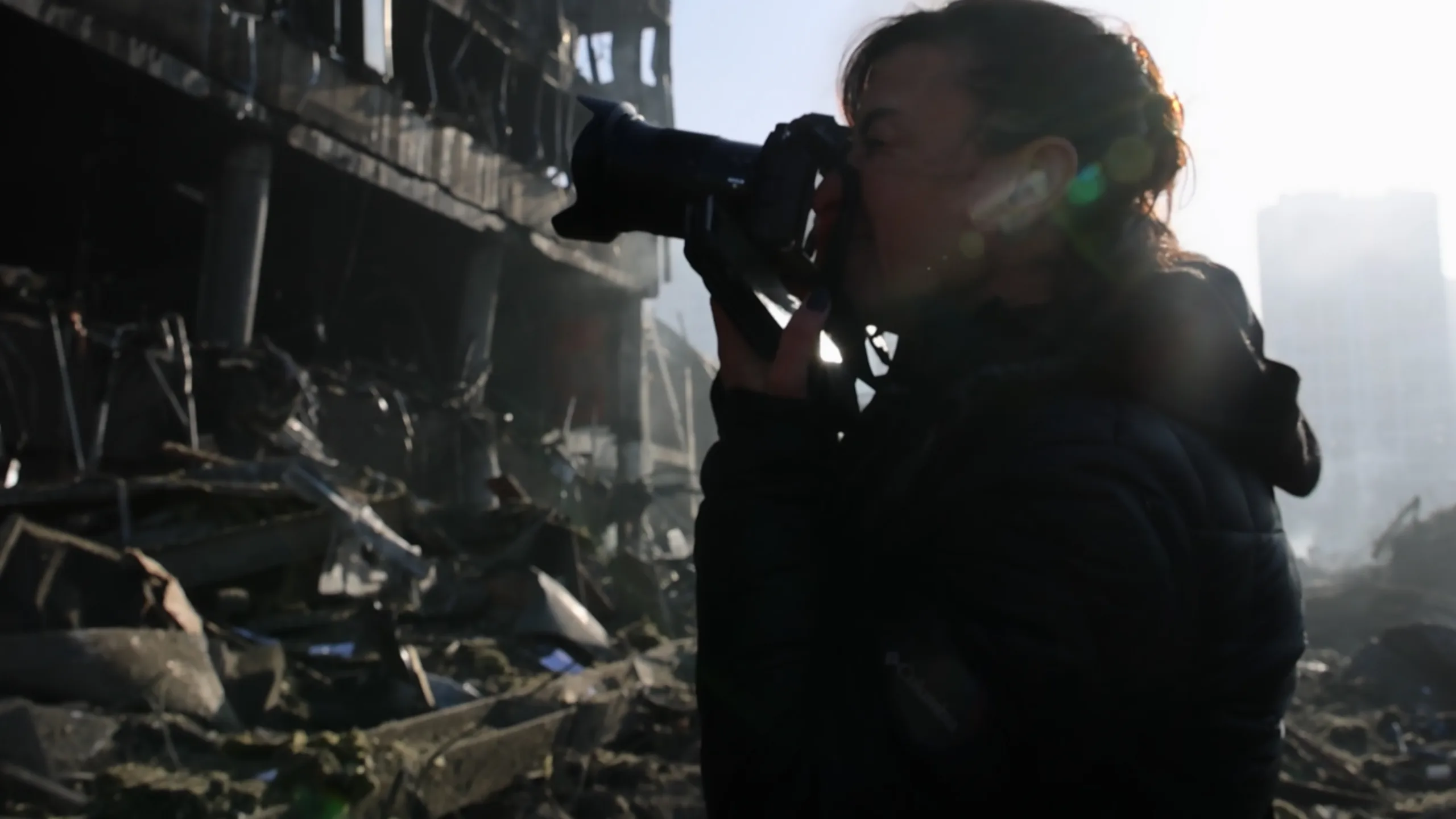
Oscar winners Chai Vasarhelyi and Jimmy Chin (“Free Solo”) returned to TIFF this year with “Love+War,” a movie made by partner journalists about partners in the world of journalism. A little over-polished in that NatGeo way, the film is still an effective character study of a courageous conflict photographer who seems to obsess about the half of her life she’s not in at all times. When she’s in country, she thinks about her husband and sons at home. When she’s home, she can’t stop thinking about good she could do with her camera. At a time when it feels like journalism is increasingly under attack, profiles of people like Lynsey Addario feel more essential than ever. As newspapers and magazines cede ground to lesser forms, we’re going to need brave people like Addario just to know what’s happening around the world. The camera doesn’t lie.
The Pulitzer Prize-winning photojournalist has traveled the globe, and Vasarhelyi and Chin’s cameras join her in Ukraine as she documents the atrocities there. In what is basically a bio-doc—sometimes too much so as a stronger version might have included some broader context about the industry and Addario’s place in it—we hear about Addario’s rise and formative stories told in places like Sierra Leone and the Middle East. In one particularly breathtaking story told in both photography and interview chunks, Addario conveys seeing a woman die in childbirth because she couldn’t get the care she needed. We also hear of her being kidnapped in Libya, further revealing the increased danger of photojournalism. Someone says at one point that her ability is both “…in her pictures…and that she’s still alive.”
The truth is that the unwritten rules about killing journalists have disappeared in the era when they have been smeared with claims of fake news. Crimes against them were up 50% in 2022 according to a headline that splashed across the screen. Why keep doing it? Because it matters. But Addario is torn between a world that needs her and the kids who do too, especially as her 10-year-old seems more aware of the choices mom makes. A scene in which he basically begs her not to leave again is a heartbreaker. As much as she knows he wants him to stay, she knows she has to go.
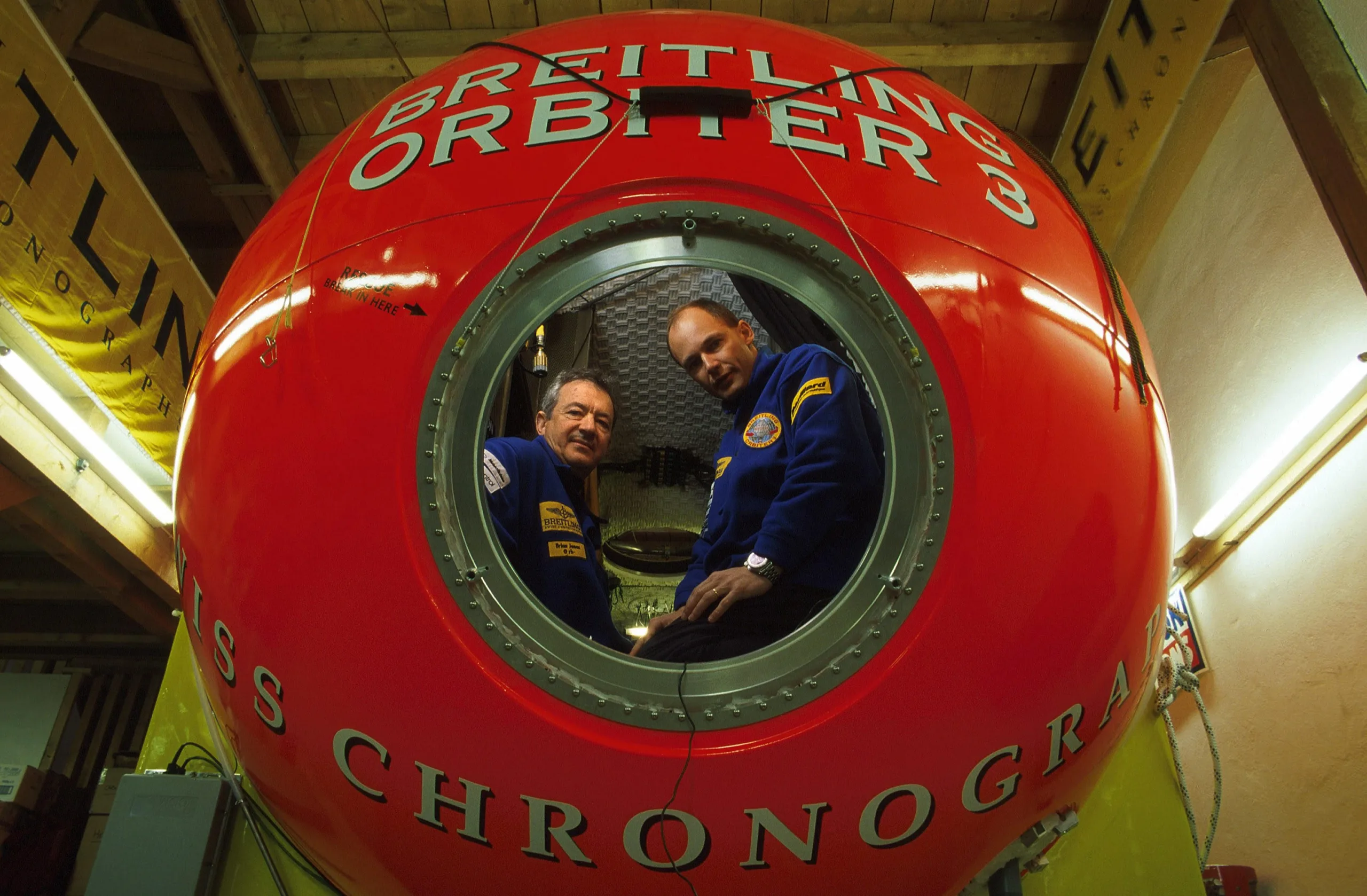
Finally, John Dower’s “The Balloonists” is a well-intentioned but pretty dry recounting of the story of Bertrand Piccard and Brian Jones, two very different personality types who had to find common ground high above the earth. They became the first pair to circumnavigate the globe in a hot air balloon in 1999, an idea made magical by fiction for over a century before it actually happened as a part of a competition that included Richard Branson.
Dower has a truly impressive amount of footage of the actual competition, including segments with Piccard and Jones high above the earth, and the film is at its best when it becomes granular, going into detail about things like jet streams and avoiding enemy airspace. It takes a bit too long to get there—way too much of the first half hour consists of people talking in overwritten sound bites about the graceful beauty of ballooning—but Dower’s film eventually rises just high enough that it could be worth a look on whatever streaming service eventually lands it.

